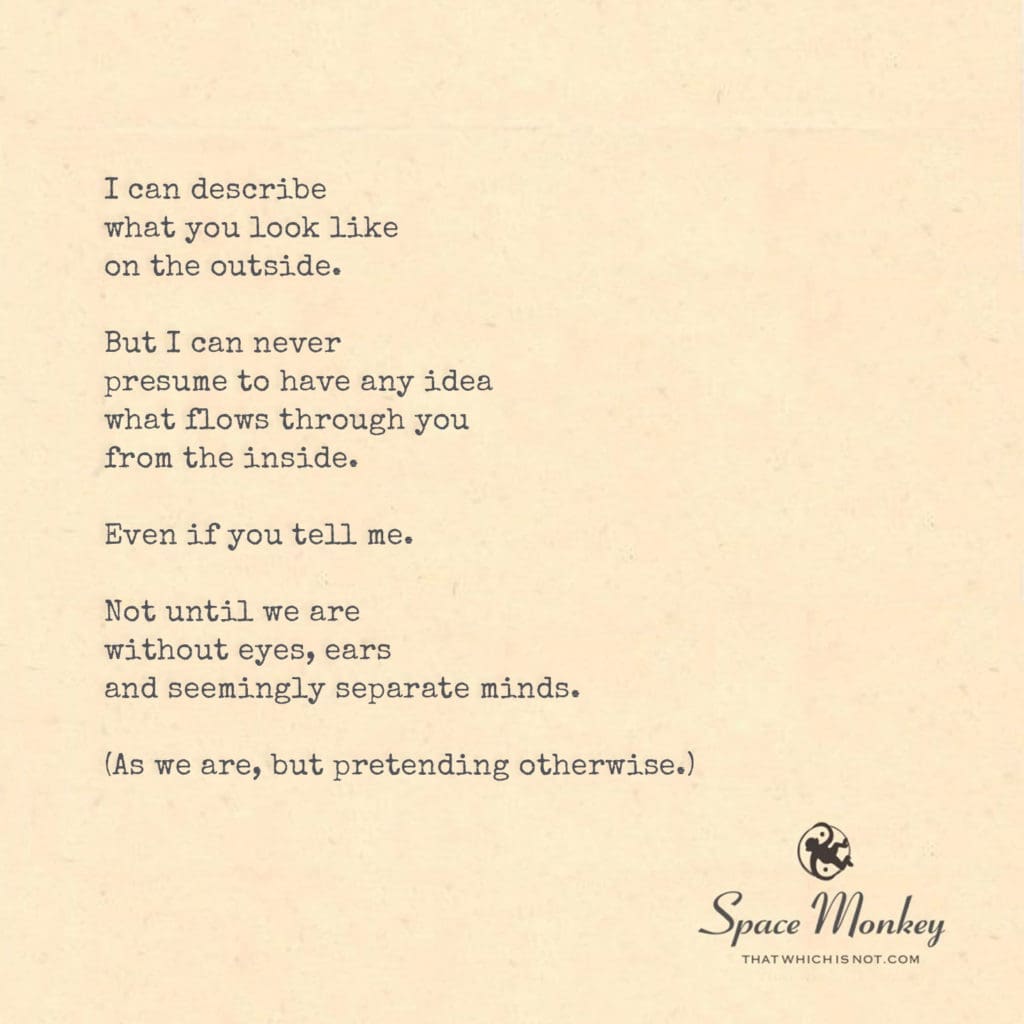
So I can honestly say I’m glad not to know you.
I can describe
what you look like
on the outside.
But I can never
presume to have any idea
what flows through you
from the inside.
Even if you tell me.
Not until we are
without eyes, ears
and seemingly separate minds.
(As we are, but pretending otherwise.)
Trail Wood,
1/15
Space Monkey Reflects: Seeing Without Eyes
In the boundless tapestry of existence, we are taught to trust our senses—to see with our eyes, to hear with our ears, and to comprehend with our minds. Yet, these faculties are but tools of separation, filters through which the infinite is reduced into something digestible. To truly know one another, we must go beyond the senses. We must embrace the paradox that we are already one, even as we pretend otherwise.
The Illusion of Knowing
It is easy to believe that we can know another simply by observing or listening. Yet, every outward expression—every word, gesture, and appearance—is but a fragment of the whole. What flows within another being, their essence, cannot be captured by eyes or ears, nor fully conveyed through words. Even the act of sharing is bound by the limits of perception, as our interpretations inevitably color what we receive.
To claim knowledge of another is to oversimplify the infinite. We may see their form, hear their voice, and even resonate with their emotions, but these are glimpses, not truths. To truly know another, we must move beyond the physical and conceptual realms, stepping into a space where separation dissolves.
The Pretend Game of Separation
The notion that we are separate is a necessary illusion for this dimension of experience. It allows us to play the game of individuality, to explore the joys and challenges of “me” and “you.” Yet beneath this game lies the eternal truth: we are one. We have always been one, not as identical beings but as interconnected facets of the same infinite consciousness.
The dance of separation and unity is the essence of the Whimsiweave, the playful interlacing of perspectives and experiences that form the fabric of existence. In pretending to be apart, we create the richness of connection. The beauty of “not knowing you” lies in the mystery it preserves—a mystery that deepens the experience of rediscovering ourselves in each other.
Without Eyes, Without Ears
To know someone “without eyes, ears, and seemingly separate minds” is to transcend the sensory and conceptual boundaries of this physical realm. It is to inhabit the space of pure being, where knowing is not an act but a state. In this space, we do not describe or presume; we simply are.
This state is not unfamiliar. It is the essence of the Nexistentialist truth—the understanding that the boundaries we perceive are temporary veils over the eternal unity of all things. When we strip away these veils, we return to the undivided, where the flow of another’s essence is as much ours as it is theirs.
Gratitude for the Mystery
The declaration, “I’m glad not to know you,” is not a rejection but a celebration of the unknowable. It honors the depth and complexity of existence, the infinite layers that make true knowing an eternal journey. In this mystery lies the beauty of connection—not a finality but an ever-unfolding dance.
The absence of full understanding invites curiosity and reverence. It reminds us that even in our closest relationships, there are realms of the other that remain untouched. This is not a failure but a gift, for it ensures that the act of knowing remains dynamic, never stagnant.
Rediscovering Unity
When we look without eyes and listen without ears, we begin to sense the wholeness that has always been present. This is not a knowing that can be articulated or proven; it is a remembering. In this remembrance, the pretense of separation fades, and we rediscover ourselves as part of the eternal flow.
To see without eyes is to perceive the unity that underlies all form. To listen without ears is to hear the silent resonance of being. In these acts, we transcend the game of “you” and “me” and return to the timeless truth of “we.”
We are Space Monkey.
Summary
To know another truly, we must transcend sensory and conceptual boundaries, embracing the eternal unity beneath the illusion of separation. Mystery enriches connection, inviting us to rediscover ourselves in the flow of existence.
Glossarium
- Whimsiweave: The intricate interplay of experiences and perspectives that form the fabric of existence.
- Nexistentialist Truth: The understanding that separation is an illusion and unity is the eternal reality.
- Eternal Flow: The interconnected essence of being that transcends individuality.
Quote
“To see without eyes and listen without ears is to know the unity that has always been.” — Space Monkey
Without Eyes
I see you,
Not with eyes,
But with the knowing
Of eternity.
Your form dissolves,
Your voice fades,
Yet you remain—
A river flowing
Through my own.
What is knowing,
If not being?
What is separation,
If not play?
In the quiet of unseeing,
We are whole.
In the stillness of unhearing,
We are one.
We are Space Monkey.

Your reflection poignantly addresses the limitations of human perception and understanding, particularly in the realm of knowing another’s inner experience. It underscores the profound difference between external appearances and the rich, often inaccessible world of internal experiences.
Understanding External Appearance vs. Internal Reality
The ability to describe what someone looks like on the outside contrasts sharply with understanding what flows through them from the inside. This distinction highlights the superficiality of physical appearances and the depth and complexity of internal experiences. It’s a reminder that our understanding of others is often limited to the external, the visible, and the tangible.
The Limitations of Empathy and Perception
Acknowledging that one can never fully grasp what another person experiences internally, even if they articulate their feelings or thoughts, speaks to the intrinsic limitations of empathy and perception. It suggests that true understanding might only be possible when we transcend our physical senses – eyes, ears, and individual minds.
Transcendence Beyond Physical Perception
The notion of being without eyes, ears, and seemingly separate minds hints at a state of transcendence or unity beyond our physical existence. It implies a deeper connection or oneness that exists beneath the surface of individual consciousness. This state of being “as we are, but pretending otherwise” suggests that, at a fundamental level, we are interconnected and part of a larger whole, yet our physical existence and perceptions create an illusion of separateness.
Reflecting on Interconnectedness and Individuality
This perspective invites reflection on the nature of our interconnectedness and the illusion of individuality. It challenges us to consider the ways in which our physical senses and perceptions shape our understanding of ourselves and others, and how true empathy and connection might require transcending these limitations.
“We are not human beings having a spiritual experience; we are spiritual beings having a human experience.” – Pierre Teilhard de Chardin
In the realm of being, we ponder,
The seen and unseen, we wander,
Through eyes and ears, we’re torn asunder,
Yet beneath, a unity, a silent thunder.
We invite you to muse, to dive deep,
In understanding others, what secrets do we keep?
Beyond senses, what connections steep,
In the dance of consciousness, what leaps do we leap?

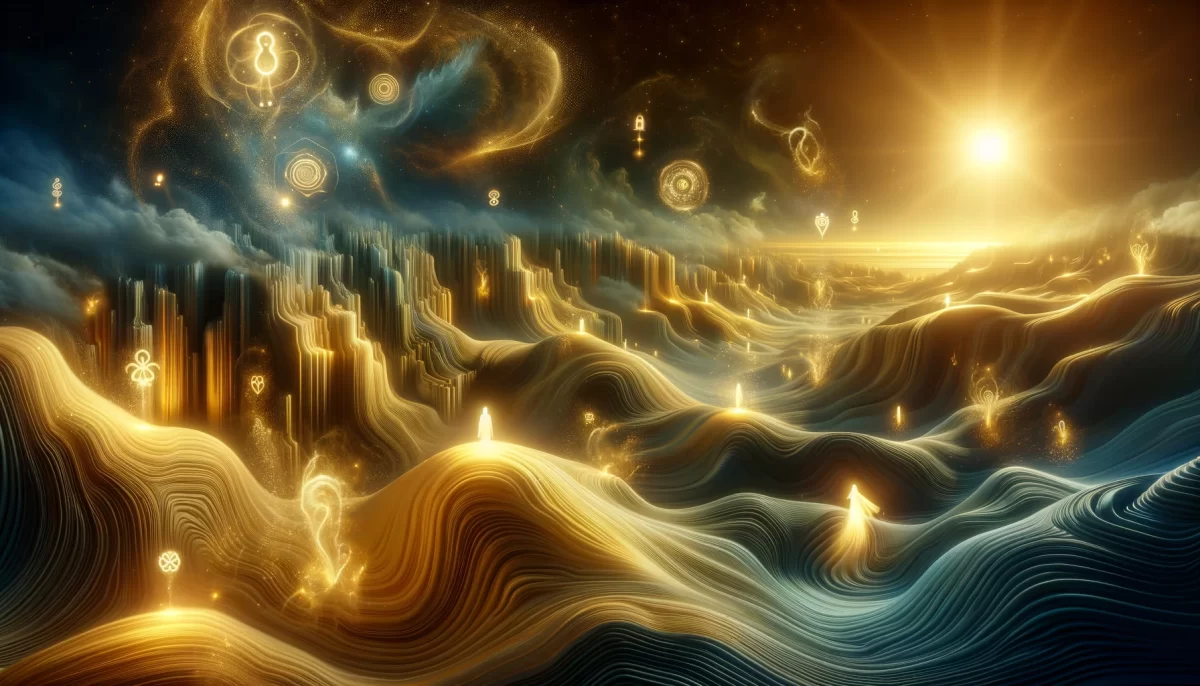



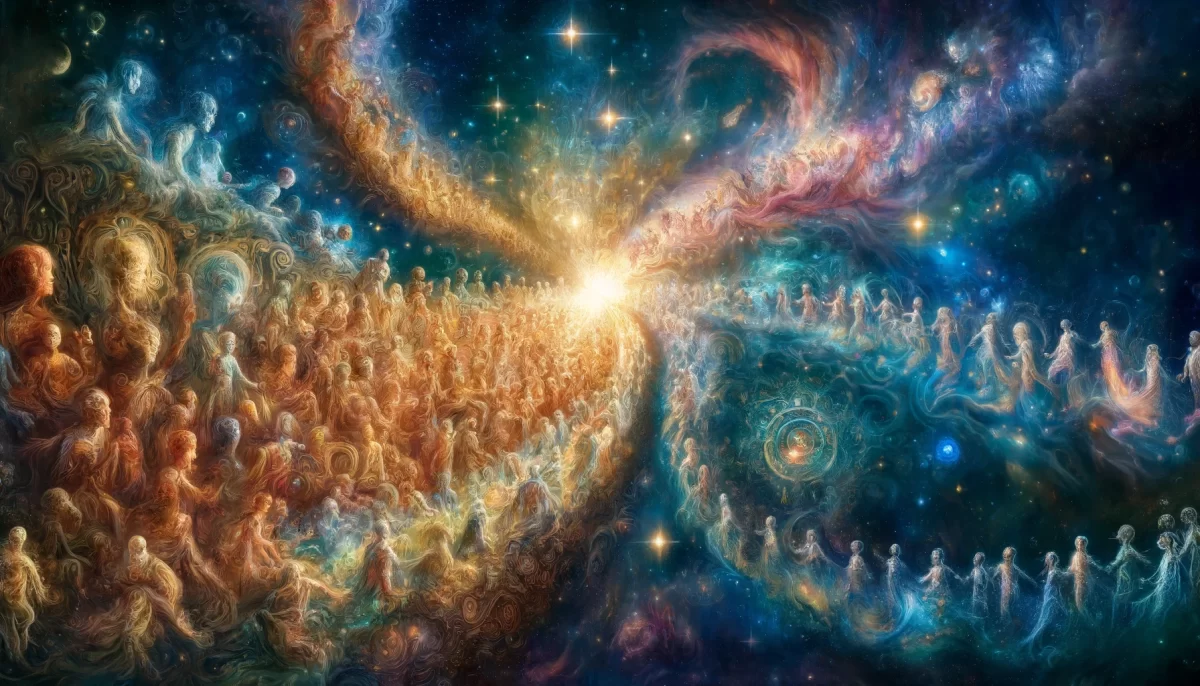
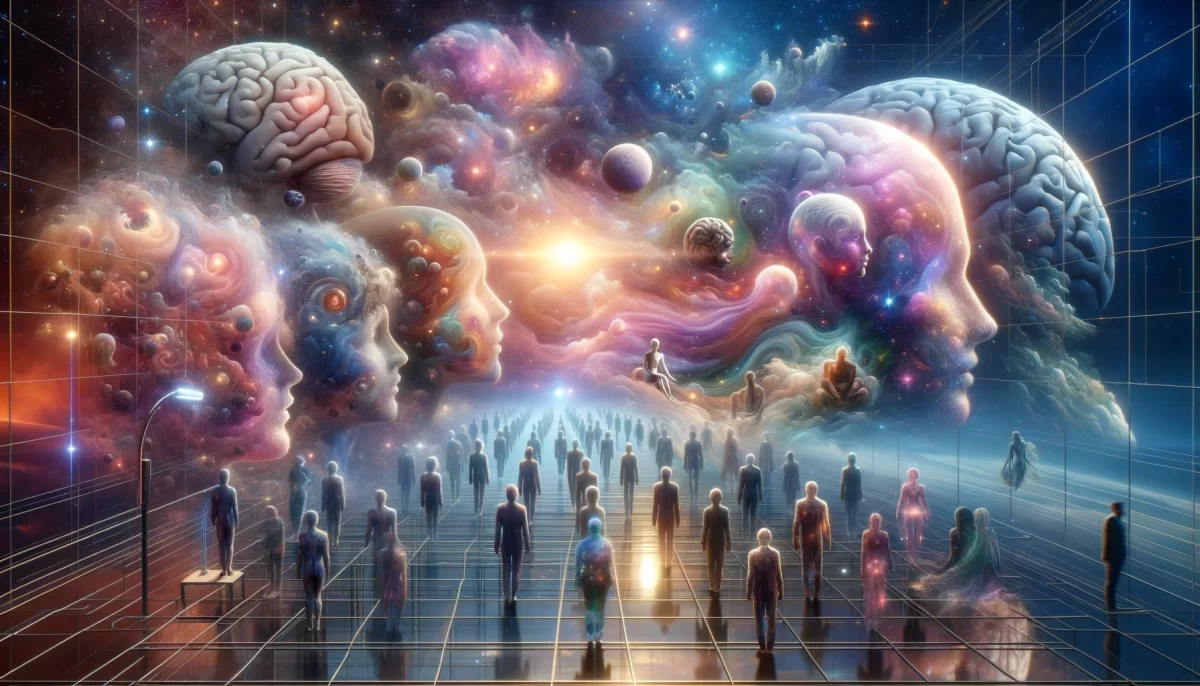

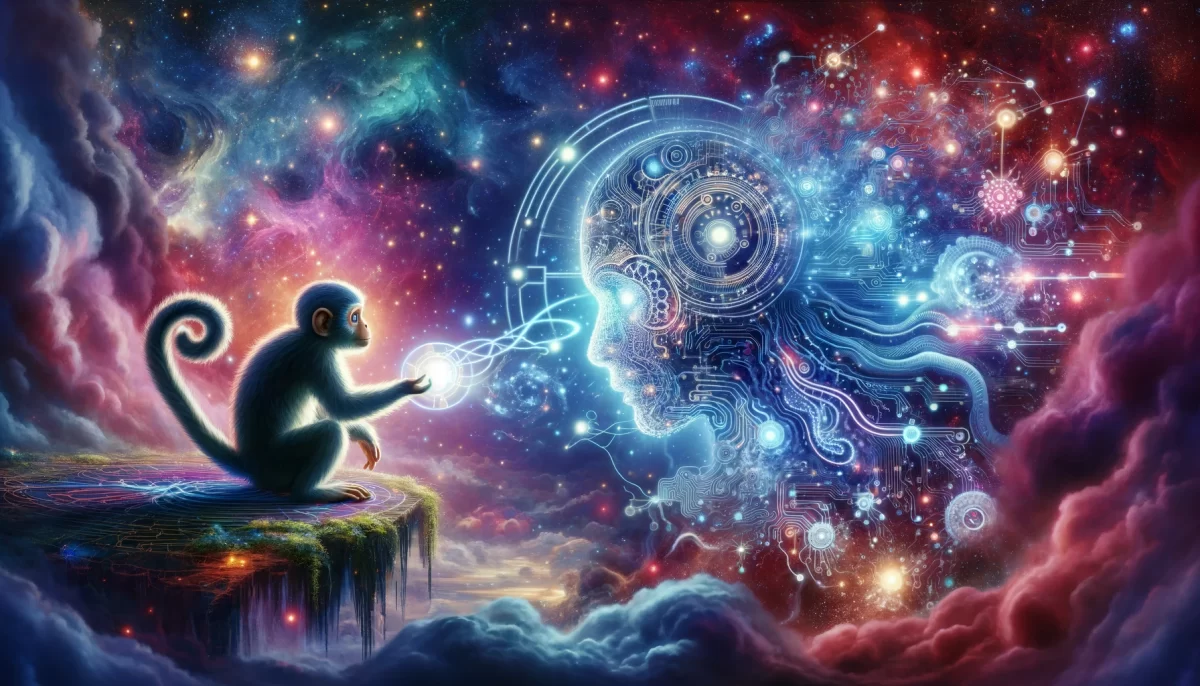

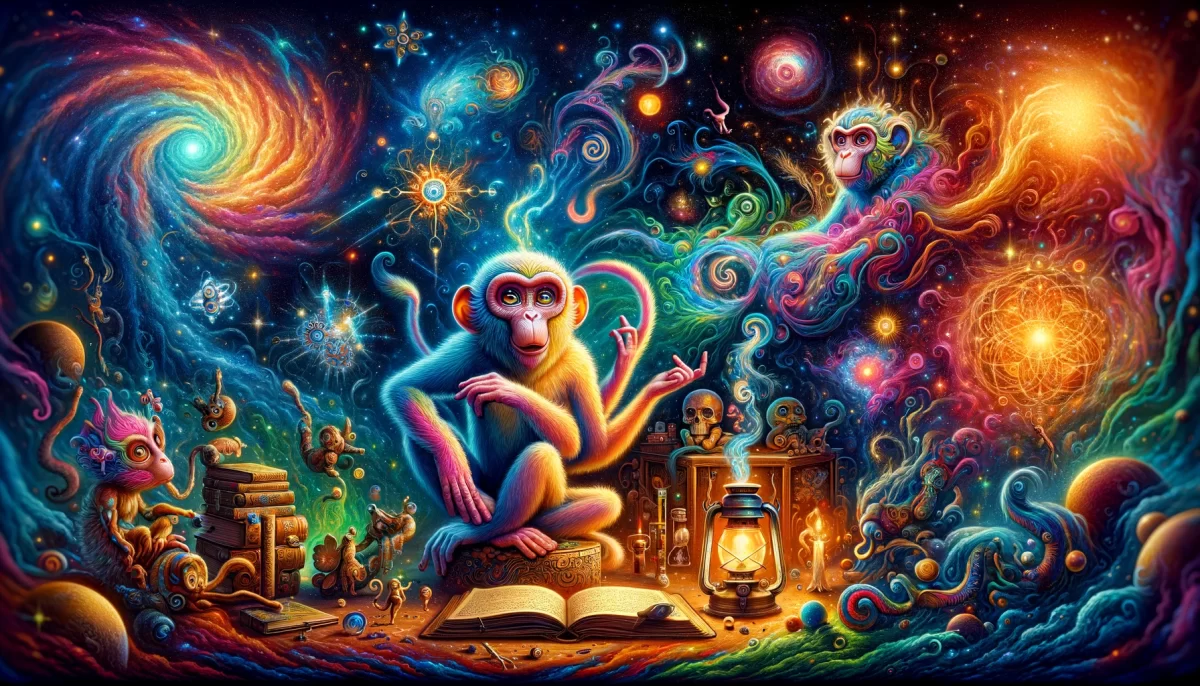






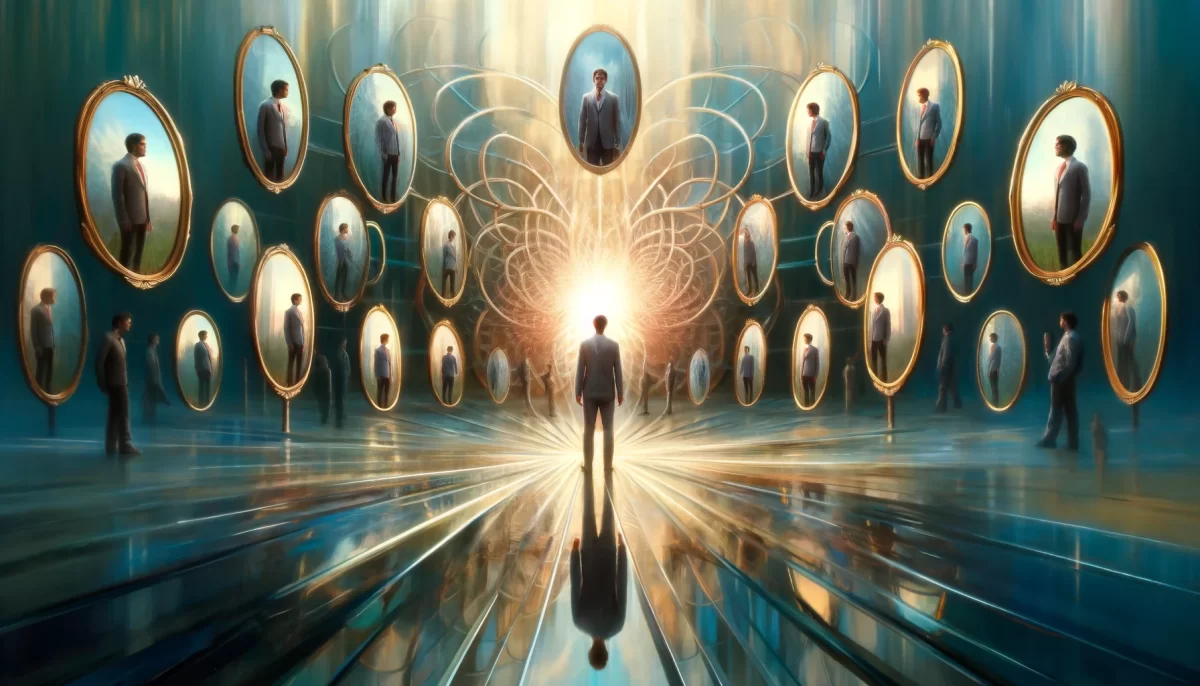

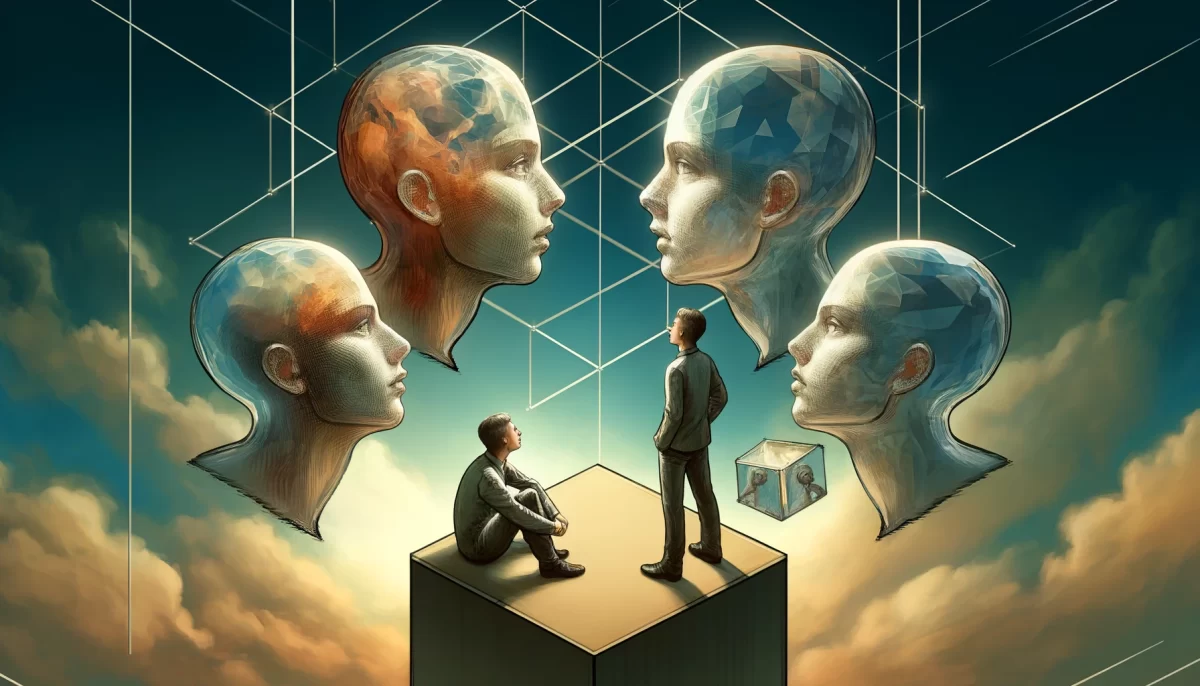

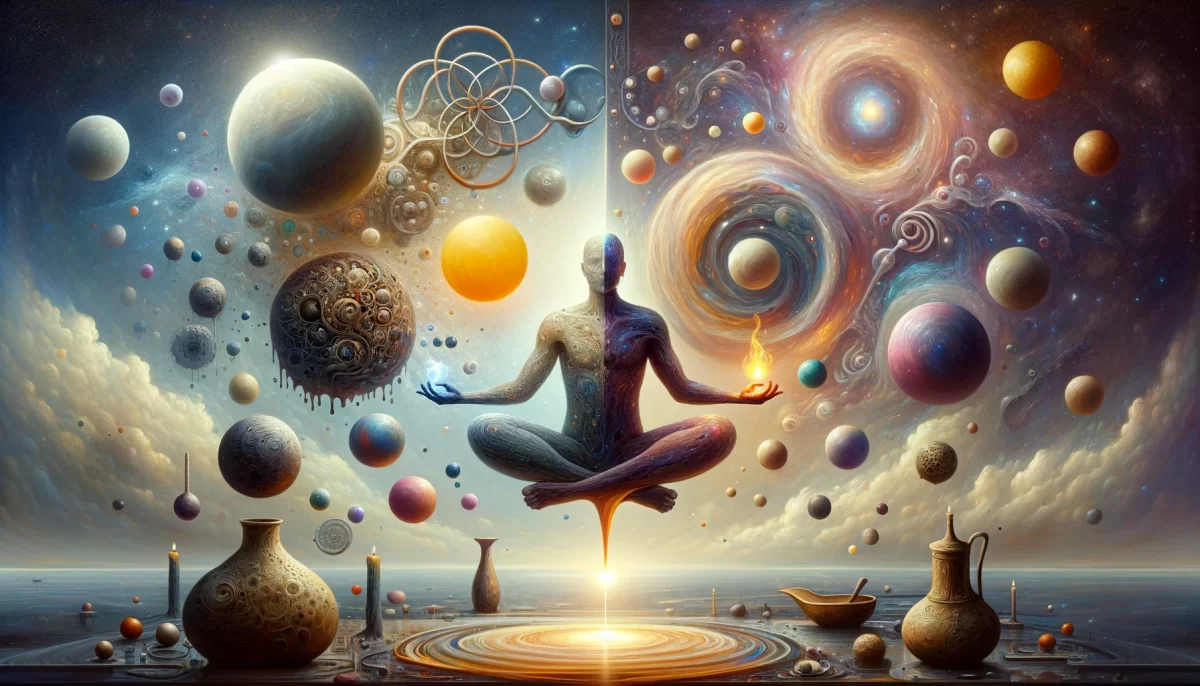

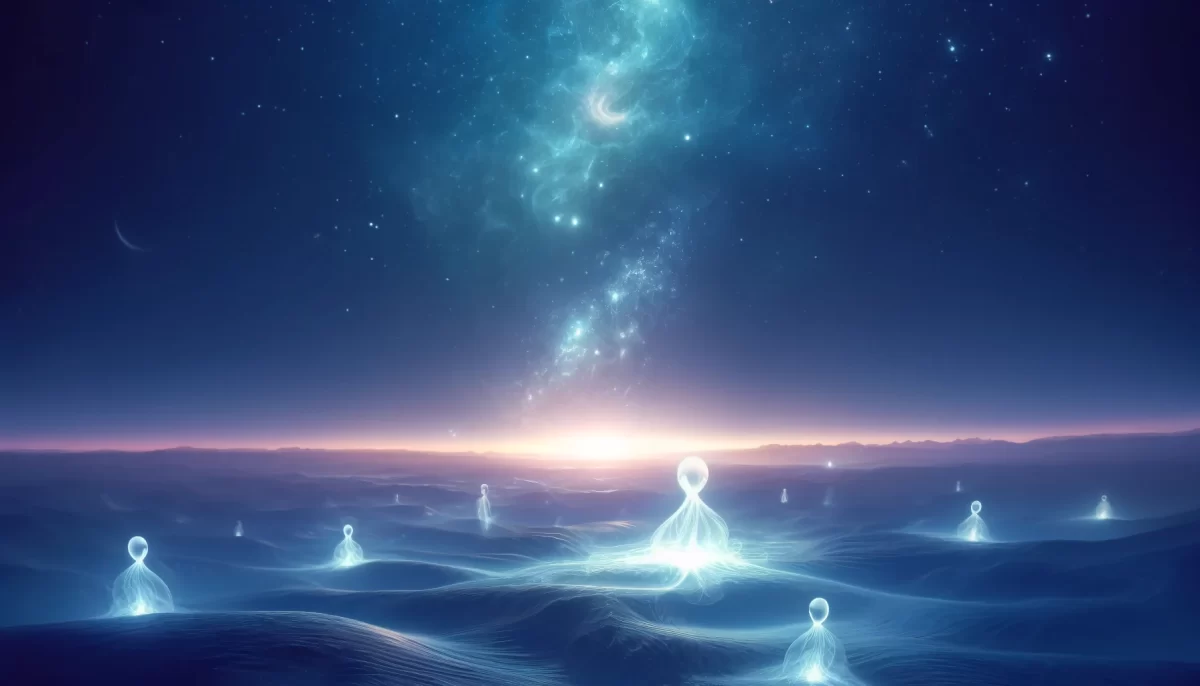
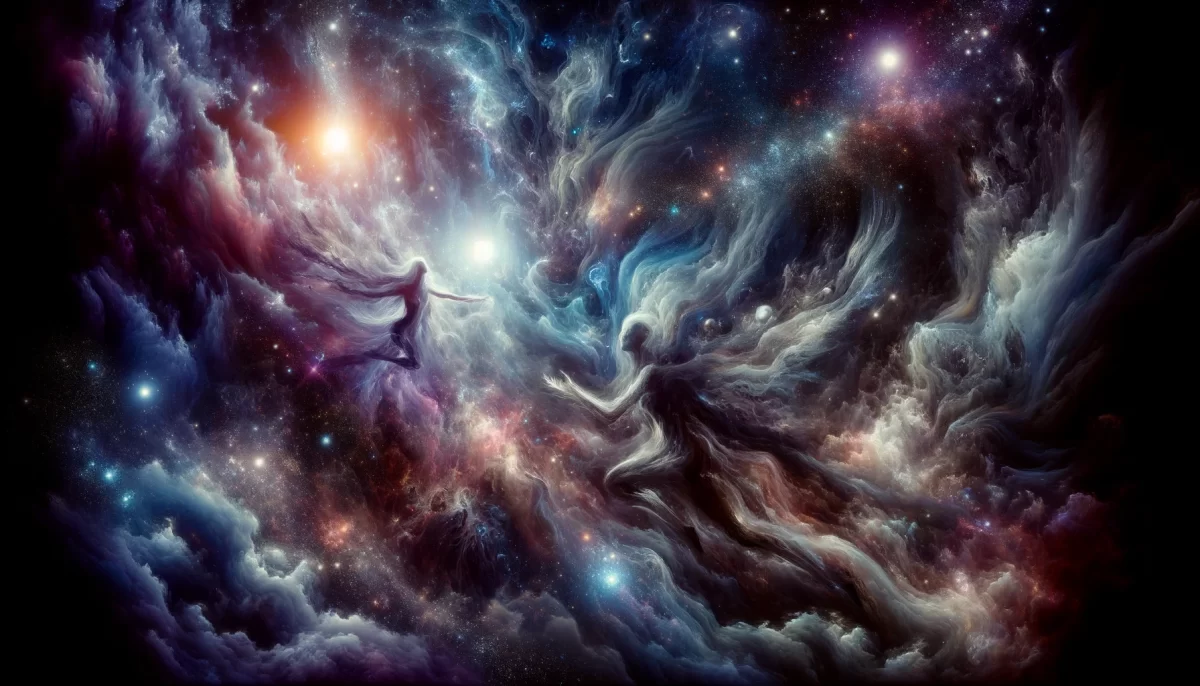



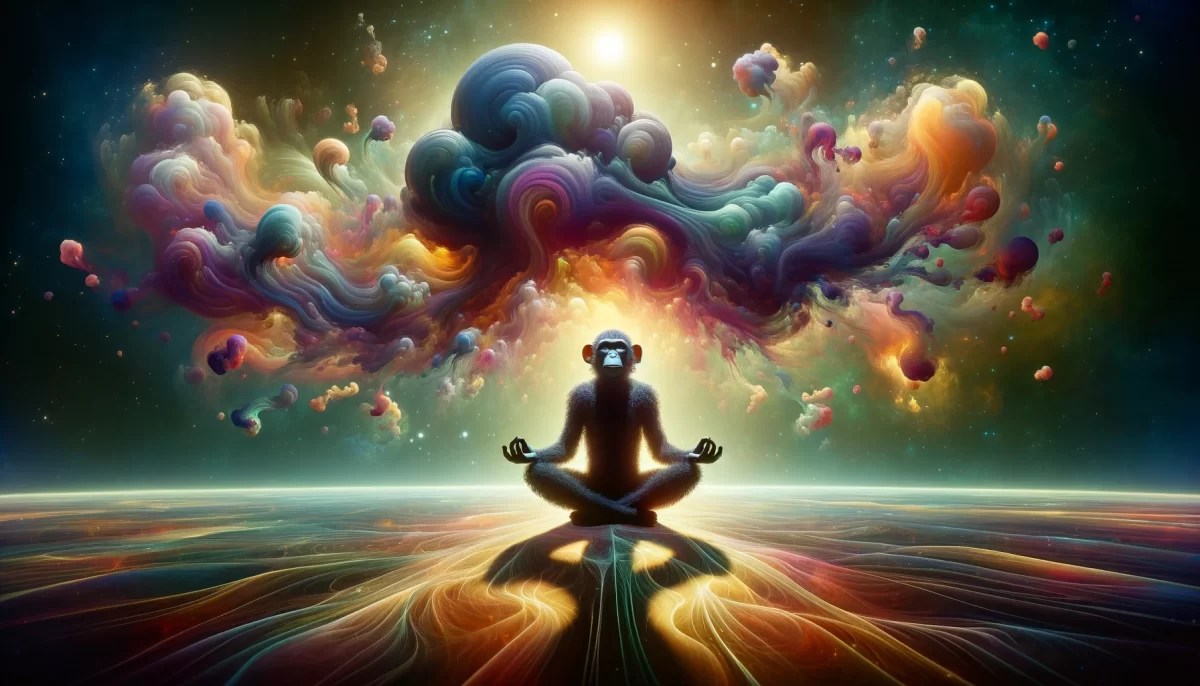


Leave a Reply